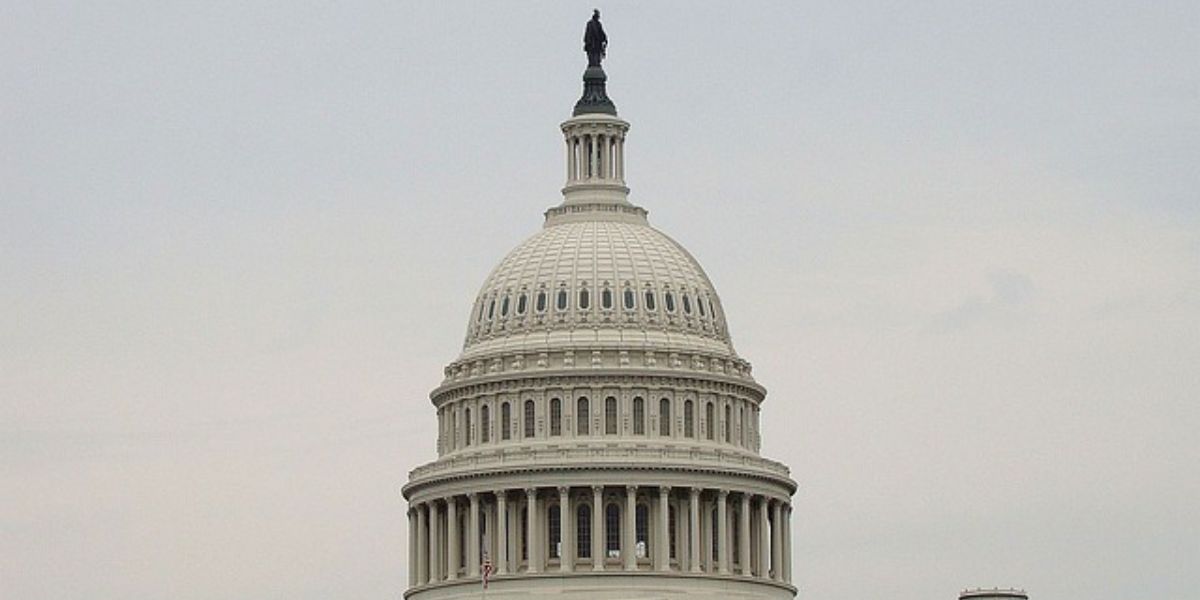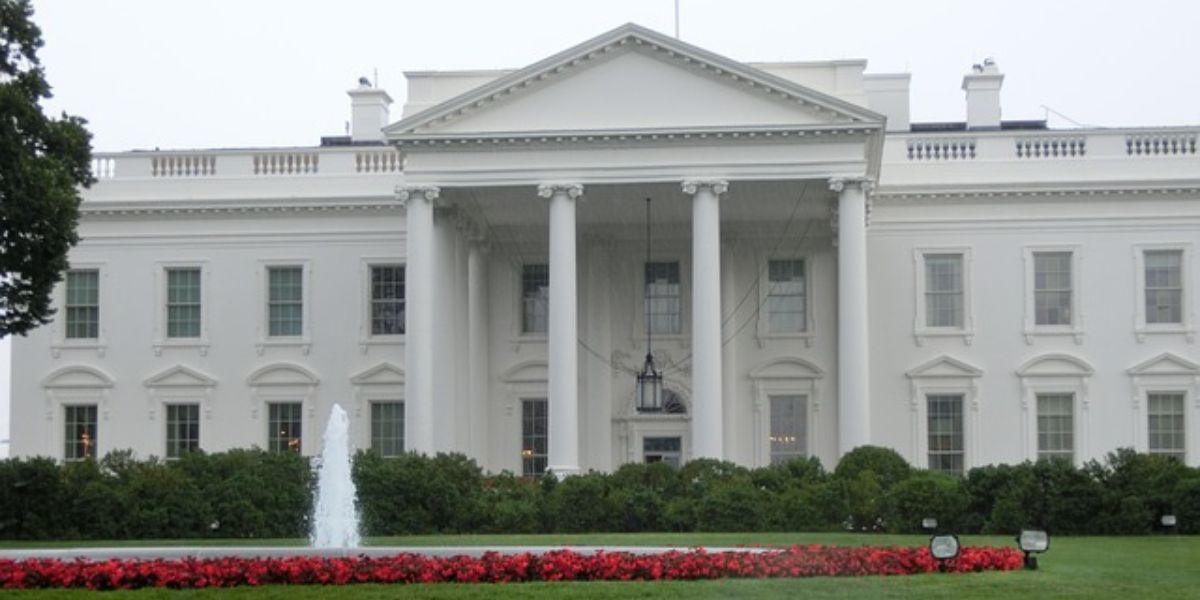On 17 March 2016 the IMF published on its website a Working Paper entitled Tax Administration Reform in China: Achievements, Challenges and Reform Priorities. The paper notes that tax administration improvements have doubled China’s tax to GDP ratio since the mid-1990s. The Working Paper looks at developments in tax administration over the past twenty years and identifies the challenges now emerging. Based on this analysis the paper looks at administrative improvements required to maintain tax revenue collection and reduce compliance costs for taxpayers.
Future reform priorities
The latest five year plan includes a call to strengthen the collection of national and local taxes. Broad objectives include a fully developed tax law system; a high quality taxpayer service system; a robust information technology system and efficient organization. The tax collection law needs to be amended to ensure that the tax administration has the powers to enforce its modernization strategy. The provisions of the law must all apply to individuals as well as enterprises. The law should require private sector third parties such as financial institutions to provide the State Administration of Taxation (SAT) with tax related information.
The organizational structure of the SAT must be aligned to the modernization strategy. This could involve establishing organizational arrangements for dealing with large taxpayers and with high net wealth individuals. The division of responsibilities for the main tax administration functions must be clarified.
Protection of China’s tax bases in the face of increasing cross-provincial transactions requires the introduction of a nationally standardized tax identification number and a centralized database of taxpayer and third party information. Effective organization arrangements are required to deal with the cross-provincial and the international transactions of taxpayers. Implementation of the OECD’s action plan on base erosion and profit shifting (BEPS) is important in addressing the international tax risks.
The SAT will need to extend its compliance risk management strategy beyond assessing the risk from individual taxpayers to assessing the risk at the level of each tax and of each taxpayer segment within the taxes. The SAT could establish a national compliance management steering committee. All departments could adopt a common risk management framework.
The SAT needs to enhance core tax administration processes such as registration, taxpayer services, audit, arrears collection and dispute resolution. Administrative processes should be applied more uniformly across China. A level playing field avoids distortion of economic processes.
Conclusions
Challenges arise from the slowdown and structural changes in the economy that are reducing the growth of the tax base. Businesses and individuals are increasingly investing overseas and this increases scope for noncompliance. The SAT can help businesses face the challenges of the economic transition by reducing tax compliance costs and can help to create a level playing field by providing uniform tax administration across business sectors and regions.
Tax administration reforms could include strengthening the enforcement powers of the tax administration at the same time as increasing confidentiality protection for taxpayers. A system of advance rulings would also improve the situation for taxpayers.
The SAT could change its organizational structure to expand its headquarters and eliminate the fragmentation of administrative responsibilities and consolidating the regional offices. The SAT should develop comprehensive compliance risk management strategies for each tax and taxpayer segment. Priority should be given to minimizing compliance risk from large businesses and high net wealth individuals, the growing service sector and digital commerce.
The IT systems of the SAT need to be strengthened and must be easier for taxpayers to use. Centralized databases of taxpayer information are required and systems should be strengthened for exchange of data with third parties.
















